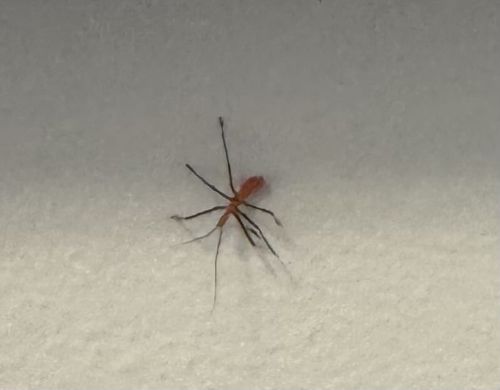Ant mimic spider
Scientific Name: Myrmecium spp. or similar genera in Salticidae or Corinnidae family
Order & Family: Araneae, Salticidae/Corinnidae (Jumping spiders/Corinnid sac spiders)
Size: Typically 3-10 mm in body length

Natural Habitat
Various terrestrial habitats including forests, grasslands, and human dwellings. Often found on plants or ground where ants are present.
Diet & Feeding
Primarily predatory, feeding on small insects and other arthropods. Some ant mimics may specifically prey on ants.
Behavior Patterns
Displays Batesian mimicry, evolving to resemble ants in appearance and behavior to deter predators. They often walk with their front two legs raised like antennae, mimicking ant movements. Predatory, using their excellent eyesight to stalk and pounce on prey. Life cycle involves egg sacs, spiderlings, and multiple molts to adulthood.
Risks & Benefits
Generally harmless to humans. Their mimicry allows them to avoid predation and potentially prey on ants. As predators, they contribute to insect population control in their ecosystems.
Identified on: 11/8/2025